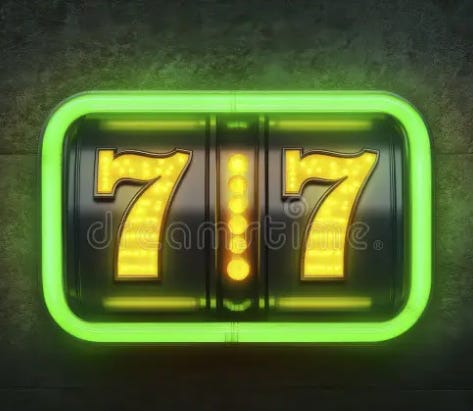Magnetize to 6717
If you take a full trading session—roughly 390 minutes on U.S. indices—the exact bar that will become the low of the day is one out of those 390.
That means the baseline probability of selecting the right minute at random is 1/390, or about 0.26 %.
If you require that the call is made during that bar (not after), the probability collapses further, because virtually no one calls it while it’s still printing.
For practical purposes, you’re down to about 0.1 %—one in a thousand.
Calling the low is one thing.
Declaring “this will remain the low” adds a temporal dimension: you’re forecasting not just the level, but the absence of any deeper price for the remaining ~180 minutes of trade.
Even seasoned analysts don’t issue that kind of forward statement, because any new macro headline, auction imbalance, or order-flow burst could theoretically break it.
If you model that uncertainty, the odds of both:
identifying the correct bar and
correctly asserting it will hold are closer to 0.01–0.05 %, or roughly one in two-thousand to one in ten-thousand.
To name the low as it forms requires real-time recognition of variance collapse—seeing that volatility has just expended itself.
That’s not prediction; it’s observing causality in the making.
From the outside, it looks supernatural because the information set at that instant appears insufficient for a normal actor to know it’s final.
Yet, empirically, the odds are simply astronomical under randomness.



